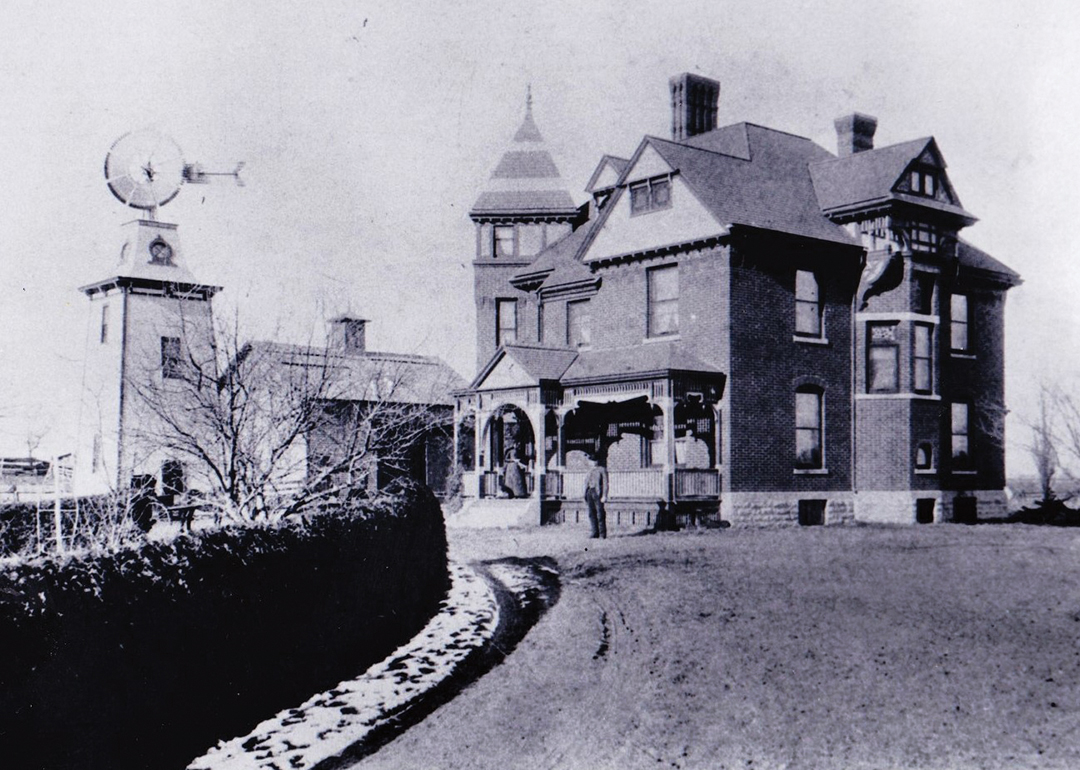
iStock.com/AndreyPopov
Local doctors leverage new technology for chronic pain.
Before the COVID-19 pandemic, telemedicine programs were not a common offering to patients seeking care. But the pandemic forced healthcare providers to adjust care and deliver treatment remotely through telemedicine programs. Now, almost all healthcare providers have programs in place, but not all providers have evolved as far as Twin Cities Pain Clinic in Edina has in providing its patients with real-time virtual medicine.
The clinic, which specializes in local pain management, is the first healthcare organization in the state to advance to the next level of virtual care when it completed its first appointment with implanted stimulators using Abbotts’ NeuroSphere Virtual Care platform this past April. According to Andrew Will MD, the company founder and medical director of Twin Cities Pain Clinic, this technology allows a patient to both communicate with a physician and remotely receive stimulation settings in real-time, from any location. According to the website, this device is called a spinal cord stimulator and it relieves pain by stimulating nerves in the spine.

“We can actually make real-time adjustments and ask [patients] how they’re feeling virtually,” Will says.
He explains the spinal cord stimulator as a battery-powered device that’s placed beneath the skin with thin insulted wires that are introduced to the backside of the spinal cord. The patient has a remote control that they can use to turn it on or off to adjust. “[The battery] delivers small amounts of electricity to the spinal cord, which intercepts the pain signal that is trying to go up to the brain,” Will says, “So much of the pain that we treat is chronic pain that the patient doesn’t want or need to know.” By delivering this electric stimulation, over 80 percent of the pain can be blocked for 24 hours a day, according to Will.
Will says the stimulator can be placed either in the lower back to block out back pain or placed in the neck to block out neck and arm pain. There is also a peripheral nerve stimulator that can be placed in the arm to treat specific nerve pain. “Electricity is a new drug. It’s not addictive and it doesn’t wear off,” Will says, “Once you have it, it generally works for the rest of your life.” He says more than half the people they see have never had back or spinal surgery, and even if they did, they’re still great candidates for a spinal cord stimulator trial, a seven-day trial that requires no commitment to getting an actual implant.
As more people become aware of this technology and other industries try to adopt this practice, Will believes Abbott’s success in figuring out this technology is “a big step in our industry.” Since 1967, the technology for the stimulator has continued to progress, especially with size. Will compares the original size of this type of battery to a hockey puck. Now, it’s the size of a silver dollar. With minimal risk, Will likes to say, “you can set it and forget it.”
Twin Cities Pain Clinic
7235 Ohms Lane; 952.841.2345






















